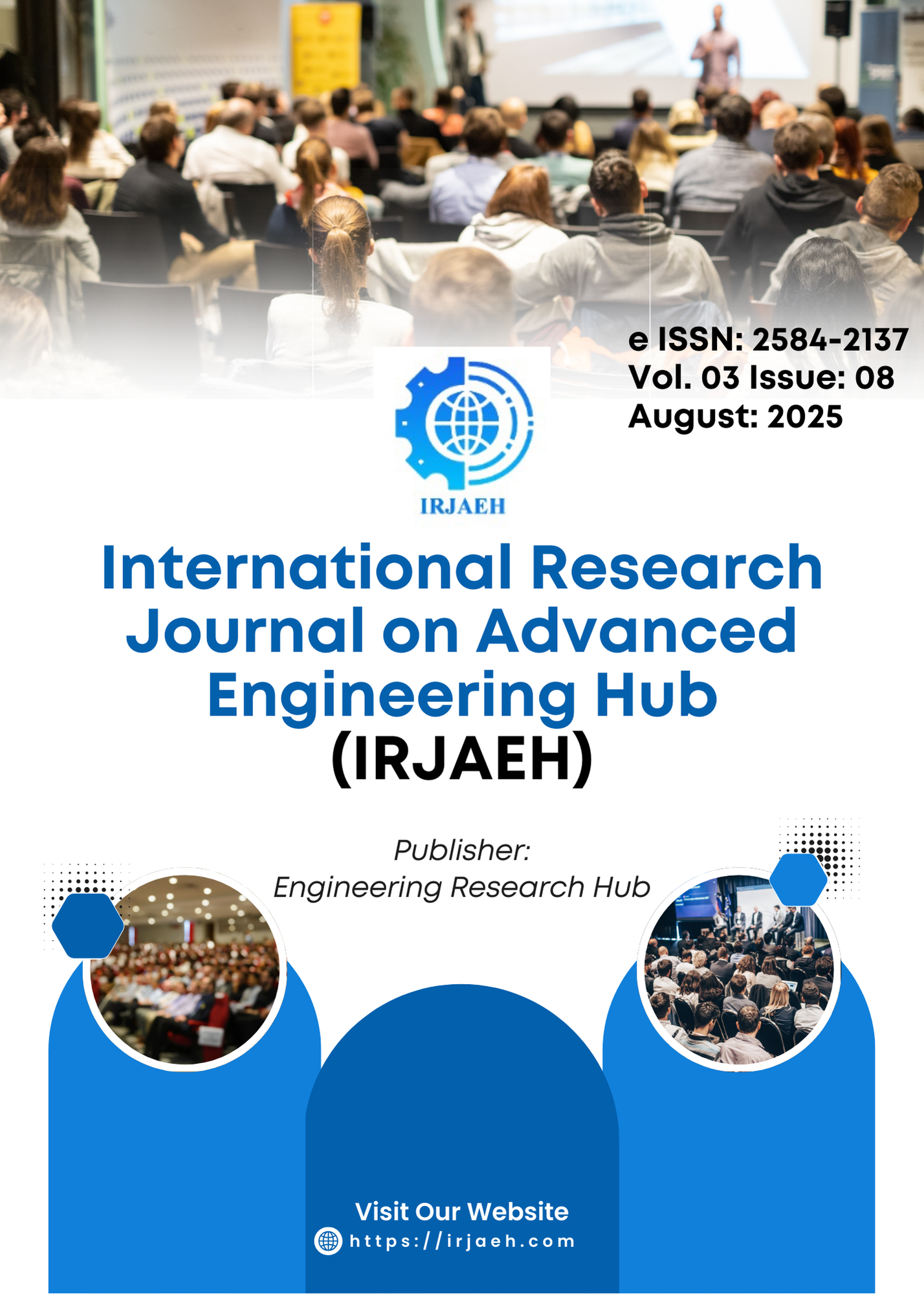Diagnosis of Types of Alzheimer’s Disease from EEG Signals using Principal Component Analysis
DOI:
https://doi.org/10.47392/IRJAEH.2025.0501Keywords:
Alzheimer’s Disease, EEG Signals, Principal Component Analysis, Diagnosis, Early InterventionAbstract
Alzheimer's Disease (AD) is one of the most challenging and progressive neurodegenerative disorders, significantly affecting an individual’s cognitive functions, memory, and overall quality of life. In this paper, a comprehensive investigation is undertaken into the classification and differentiation of Alzheimer's Disease (AD) subtypes—specifically Early-Onset Alzheimer's Disease (EOAD) and Late-Onset Alzheimer's Disease (LOAD)—through the analysis of electroencephalogram (EEG) signals using Principal Component Analysis (PCA). Given that AD is the most prevalent neurodegenerative disorder associated with dementia, the imperative for early and precise diagnosis has grown substantially. EEG, due to its non-invasive nature, high temporal resolution, and cost-efficiency, presents a viable modality for neurophysiological assessment. However, the heterogeneity and non-stationarity of EEG data introduce significant analytical challenges. This research emphasizes the acquisition protocols and rigorous preprocessing techniques employed to enhance signal quality, including artifact removal and frequency-domain filtering. PCA is implemented as a dimensionality reduction and feature extraction technique to isolate dominant components representative of pathological brain activity. The results reveal that PCA facilitates the identification of discriminative signal features that are critical for distinguishing EOAD from LOAD, particularly in terms of spectral power variations within the theta and alpha bands. Statistical validation through cross-validation and ANOVA confirms the robustness and reliability of the extracted components, with notable improvements in classification metrics such as sensitivity and specificity. The PCA-transformed feature space further enables the visualization and clustering of subject groups, strengthening the diagnostic framework. This work concludes by discussing the clinical implications of PCA-enhanced EEG analytics and proposes future directions, including the integration of PCA with advanced machine learning models and multimodal neuroimaging techniques to further improve diagnostic precision and support personalized therapeutic strategies in AD management.
Downloads
Downloads
Published
Issue
Section
License
Copyright (c) 2025 International Research Journal on Advanced Engineering Hub (IRJAEH)

This work is licensed under a Creative Commons Attribution-NonCommercial 4.0 International License.

 .
. 